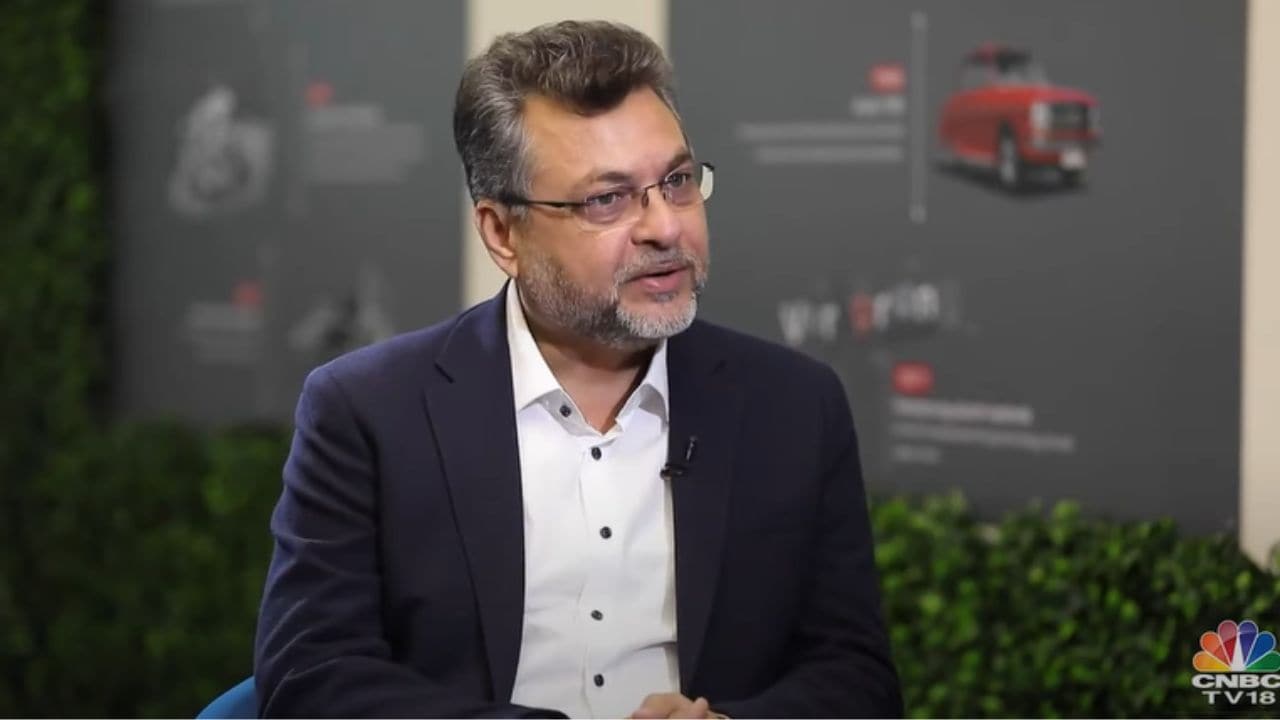Audi India has had a strong performance over the past year, selling 7,027 units in FY23-24 and achieving a growth of 33%. The company’s pre-owned luxury car business also saw a 50% increase.
Balbir Singh Dhillon, Head of Audi India, in an interview with CNBC-TV18, said that the customer base is getting younger and the luxury auto market is expanding.
He added that despite challenges with taxation, the desire for luxury vehicles has increased. Dhillon discussed various topics, including the luxury EV market and efforts to bring the newly unveiled Audi Q6 e-tron to India as quickly as possible.
Edited Excerpts:
How is the luxury car market faring in the country, and what changes have you observed over the past couple of years?
A few years ago, luxury cars were primarily purchased by ultra-high-net-worth individuals and business owners. However, the market has broadened significantly. Nowadays, many CXOs and professionals in their thirties and forties are also buying luxury vehicles.
Post-pandemic, the demographic for luxury cars has shifted, with more people entering the market earlier in their lives, whether through new or pre-owned vehicles. In fact, 42% of the cars we sell are to individuals under 40, reflecting this notable shift in India.
What is driving this change, given the higher taxes we are experiencing?
Taxes are indeed a challenge, but let me first highlight the positive aspects. The post-pandemic era has embraced a ‘YOLO’ (You Only Live Once) mindset, encouraging people to spend rather than just save. With increased global travel, people have seen premium luxury cars abroad and want to own them when they return.
However, taxes remain a significant hurdle for the luxury segment, as we face some of the highest tax rates in the industry. For instance, nearly 50% of the price of our cars is made up of GST and CESS, which is comparatively high relative to other markets in India and Southeast Asia.
How are you shaping your brand strategy, and how has the Audi brand evolved over the past couple of years?
A: Our brand strategy centres on our customers. We’ve evolved by focusing on sporty models and diverse body types. For example, we introduced the Sportback version of the Audi e-tron, which was well-received. Following that success, we launched a Sportback version of the Q3, with one-third of our Q3 sales now coming from this model. Additionally, we were among the first to introduce electric luxury cars in India.
Speaking of electric vehicles, when can we expect the Audi Q6 e-tron to enter the Indian market?
A: There’s a lot of anticipation for the Q6 e-tron. We are working diligently with our headquarters and have announced that the car will launch either at the end of this year or early next year. The vehicle has been unveiled, and we are making final preparations for its arrival.
What is your strategy for electric vehicles (EVs) in India?
A: The demand for luxury EVs spans across the country, not just in major cities but also in smaller ones like Chandigarh and regions in the East and South. Premium electric cars are being sold nationwide.
Currently, the penetration of EVs in the luxury space is about 6%, with our share at approximately 3%, as we focus on high-end models priced above ₹1.2 crores. As adoption grows, we are addressing challenges related to the transition from internal combustion engines to EVs.
How are you addressing the challenges of transitioning from internal combustion engines to electric vehicles?
A: As an industry, we are collectively working to enhance the charging infrastructure. For instance, we have installed over 140 chargers across the country, not just at Audi dealerships but also at our group brand dealerships. We have one of the largest EV charging stations in BKC, equipped with 450 kilowatt hours and multiple charging points.
Additionally, our ‘Audi Connect app’ now features a dedicated section for electric car customers, with access to over 2,000 high-speed chargers. As EV technology advances, with ranges extending to 500-600 kilometres, we continue to address concerns about resale value and battery life through effective communication, providing customers with confidence in the longevity and value of their vehicles.
